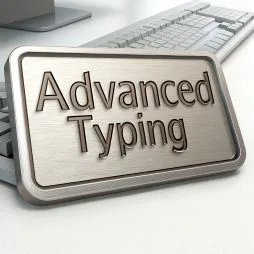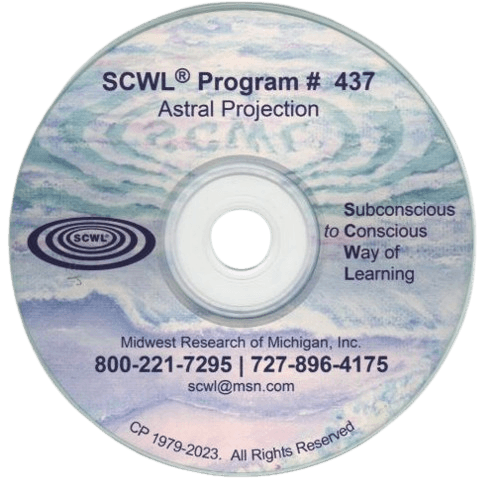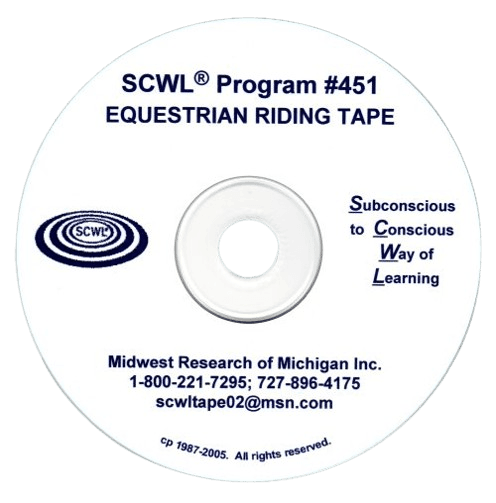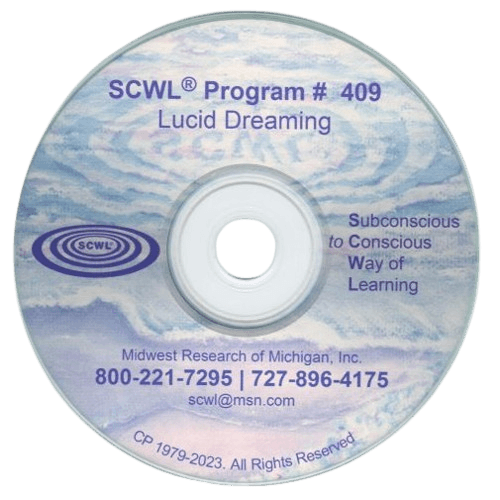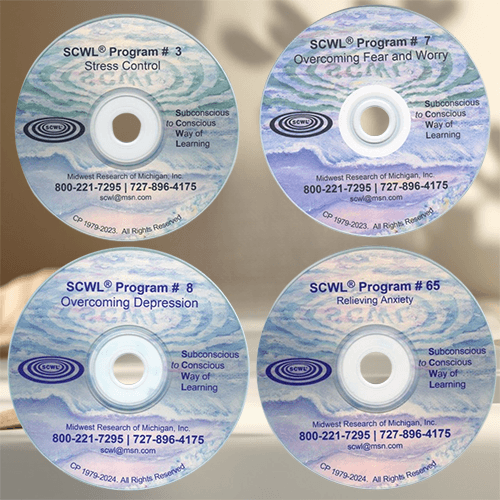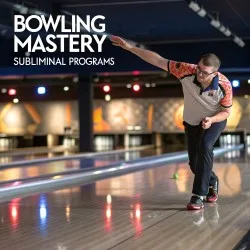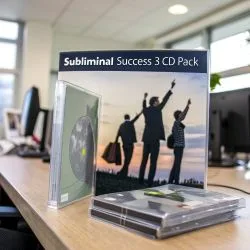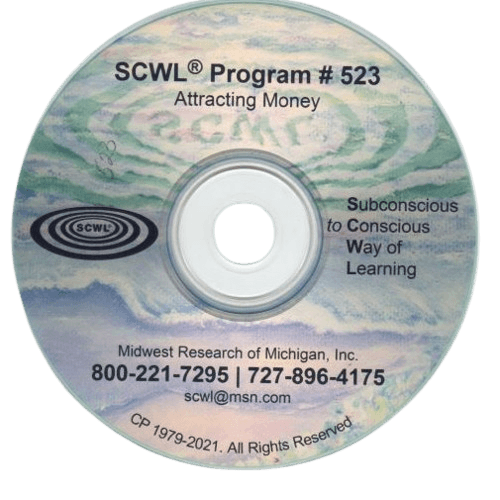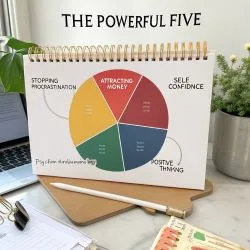- Free E-Book
- A Comparative Study Of The Effects Of Subliminal Messages On Academic Performance
- A Comparative Study Of The Effect Of Subliminal Messages On Public Speaking Ability
- Study – Binomial Trial Study
- Study – Subliminal Messages for Pain
- Study – Subliminal Audio Information: Subliminal Audio’s
- Study – Technical Bullitin
- Study – The difference in cigarettes consumed by the three groups
- Study – Weight Loss Study by Michael Urban, Ph.D.
- Study – Technical Update

Trap Shooting for Singles Subliminal CD
$35.95 Original price was: $35.95.$24.95Current price is: $24.95.

Increase Your Memory Power Subliminal CD
$35.95 Original price was: $35.95.$24.95Current price is: $24.95.
Perfecting the Musical Keyboard Subliminal CD
Unlock your musical potential with the Perfecting the Musical Keyboard Subliminal CD. Master the keys, set goals, and track progress. Consistent practice on your keyboard and your skills will reach new heights.
$35.95 Original price was: $35.95.$24.95Current price is: $24.95.
SKU:
769548150300
Categories: Developing Talents, SCWL Subliminal Programs
Tags: #academicsuccess, #MemoryBoost, #PatriotismEducation, #SpeedReading, #studyhabits
* The information on this page is a summary and is not intended to cover all available information about this medication. It does not cover all possible uses, directions, precautions, drug interactions or adverse effects and is not a substitute for the expertise and judgement of your healthcare professional.
Frequently asked questions
How does my subscription work?
A seemingly elegant design can quickly begin to bloat with unexpected content or break under the weight of actual activity. Fake data can ensure a nice looking layout but it doesn’t reflect what a living, breathing application must endure. Real data does.
How do I edit what's in my plan?
Websites in professional use templating systems. Commercial publishing platforms and content management systems ensure that you can show different text, different data using the same template. When it’s about controlling hundreds of articles, product pages for web shops.
Can I change my next delivery date?
A seemingly elegant design can quickly begin to bloat with unexpected content or break under the weight of actual activity. Fake data can ensure a nice looking layout but it doesn’t reflect what a living, breathing application must endure. Real data does.
It's been a while since I took the quiz. Can I get a new recommendation?
Websites in professional use templating systems. Commercial publishing platforms and content management systems ensure that you can show different text, different data using the same template. When it’s about controlling hundreds of articles, product pages for web shops.
Customer Reviews
Description

Girl Plays Piano
Perfecting the Musical Keyboard Subliminal CD
Do you need help Perfecting the Musical Keyboard? Learning and playing are yours to command. When you listen to the ocean waves on the Perfecting the Musical Keyboard Subliminal CD, the positive affirmations will help you get more outstanding results from your hours of practice.
Getting Started
The first step in learning how to Perfect the Musical Keyboard is assembling all the tools necessary, such as a music book, which provides examples of songs that people can practice before they go out into public and start playing their keyboard live in front of an audience.
Without this, it would be impossible for a person to learn how to use them. It is also essential for people who want to learn how to play keyboards to purchase a music book because this will provide examples of songs that people can practice with before they go out into public and start playing.
Reading Music
The music is written on a staff, and the notes are assigned to different lines and spaces. The lines usually represent the note’s pitch, and the spaces represent duration. Reading music is not as complicated as one might think. It takes time, but enjoying a new world of musical possibilities is worth it.
Different instruments have different ranges they can play in, so reading music will show you what notes go in which octaves on your instrument so that you know what you’re trying to tune into when playing with others or by yourself!

Piano Playing and Music Book
The History of the Piano
The harpsichord, dating back to the late Middle Ages and the early Renaissance periods, enjoyed two centuries of popularity in Europe. It’s closely linked with Baroque music, particularly from 1600 to 1750.
The term “harpsichord” originates from its resemblance to playing a harp. In the 1450s, Arnolt Schlick crafted the earliest version, adding a string for every four keys, expanding its note range beyond the capabilities of an organ, which typically has seven octaves.
Schlick’s improvements included attaching brass jacks under each key to control which strings vibrated when pressed. This innovation allowed sound production without singing or additional instruments; a few key presses created chords and rhythms.
Although this piano design had limited popularity initially, Englishman Thomas Broadwood enhanced it. He expanded the number of keys from 13 to 20, enabling the simultaneous playing of multiple notes, resulting in more melodious accompaniments.
Broadwood also reinforced the wooden frame with iron, which was crucial since pianists often leaned on it during performances. Additionally, he introduced pedals to regulate the force applied to each note, preventing damage to delicate strings. Over time, various innovators have contributed to perfecting the piano.
Evolution of the Piano
A piano is one of the most popular musical instruments in the world and is often found in homes, schools, and even churches. The use of a piano can be traced back to the 1700s when they were originally called “clavichords.” These devices were smaller than today’s pianos and had tiny strings that had to be struck with metal hammers.
Jean-Henri Pape improved this style with the invention of metal wire strings in 1800. The modern piano was born when this newer design was combined with an upright cabinet design, allowing more volume from larger strings. Today, over 300 hundred years later, pianos are still used for their versatility and ability to create a wide range of sounds by playing different combinations on different keys.
Mastering the Keys
Playing the piano is a skill that requires hours of practice. Learning to play the piano well requires dedication and patience. A full-size piano has 88 keys, 52 white and 36 black, which can be played to produce sound. Keys on the piano are arranged in groups called “octaves,” from one octave below middle C (C-1) to one octave above it (C8).
Notes are named according to which octave they belong to and whether black or white: for example, middle C (C4) belongs to the 3rd octave and is black, and D5 in the 4th octave is white.
Seeking Out a Coach or Mentor
Consider seeking a coach or mentor who can provide guidance and valuable feedback on your musical journey. They can offer insights, tips, and personalized instruction to help you reach your goals faster.
Consistent Practice
Consistency is crucial in mastering the musical keyboard. Dedicate regular practice time to hone your skills and build muscle memory. Repetition is essential for improvement. Playing the piano is a skill that requires hours of practice.
Setting Goals and Tracking Progress
Set specific goals for your musical journey. Clear goals will keep you motivated, whether you are learning a particular piece or mastering a challenging technique. Track your progress to celebrate your achievements.
Achieving Musical Excellence
This subliminal CD will help you get better results from your hours of practice.
Other Recommended Subliminal Programs
Other recommended subliminal programs to improve your life. These programs include…
- Developing Winners Attitude
- Develop Your Creativity CD #15
- Effective Listening Subliminal CD
- Effective Speaking Subliminal CD
- Elevate Your Self-Image Subliminal CD
- Imagination CD #71
- Personal Power Dynamics Subliminal CD #63
- Self-Confidence Subliminal CD
- Self Discipline CD #79
- Setting and Achieving Positive Goals CD
- Success Motivation CD #11
- Unlimited Power of Positive Thinking
Recommended Categories for Self-Improvement
Order your copy of the Perfecting the Musical Keyboard Subliminal CD now and unlock your musical potential!
Additional information
| Weight | 0.1625 oz |
|---|
Related Products
SCWL Subliminal Programs, Learning, Language Learning, Business Success, Children, Developing Talents, Personal Success, Success
SCWL Subliminal Programs, Attitude Change, Business Success, Developing Talents, Health, Money, Personal Success, Positive Attitude, Real Estate, Sports, Success
SCWL Subliminal Programs, Learning, Advanced Learning, Business Success, Developing Talents, Money, Personal Success, Self Improvement, Success



